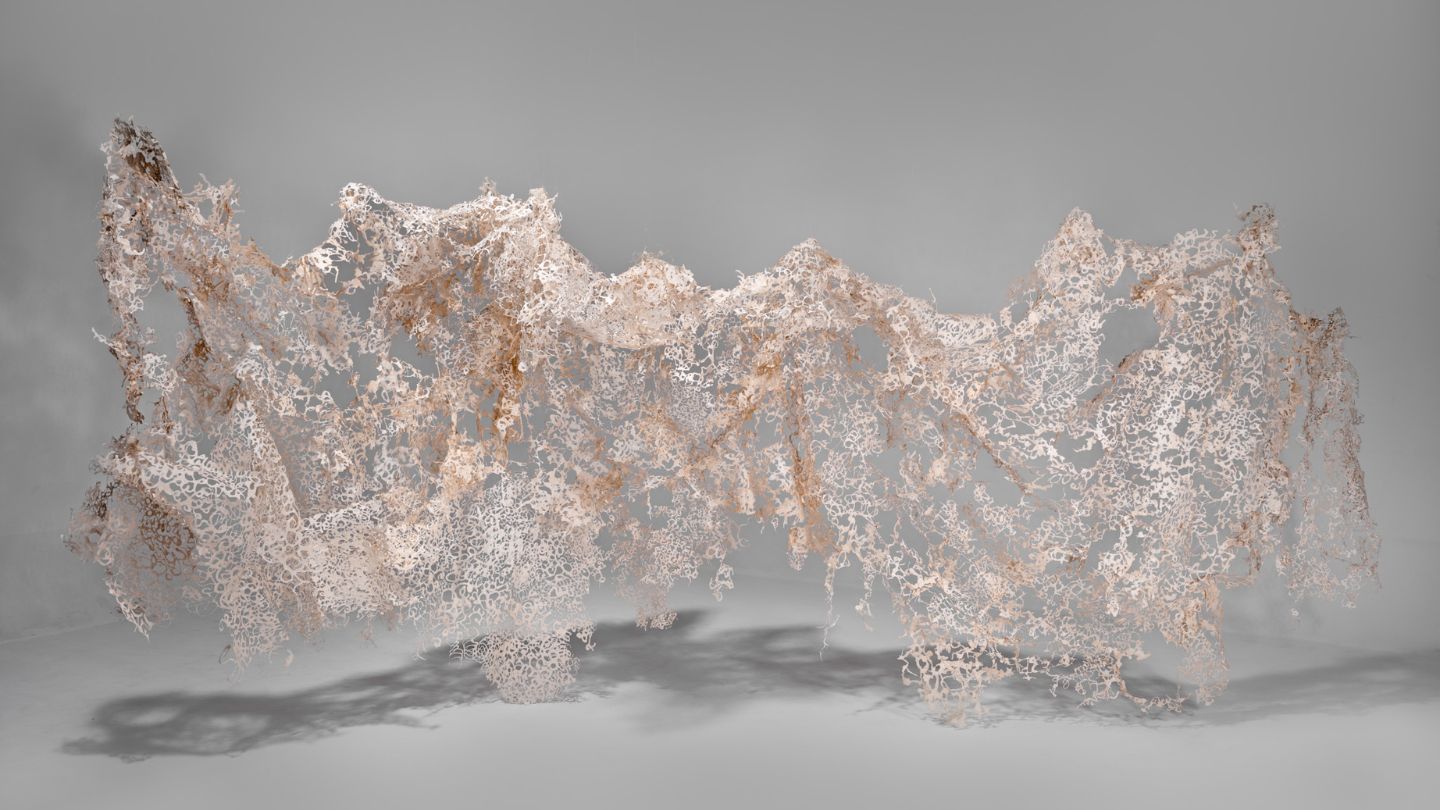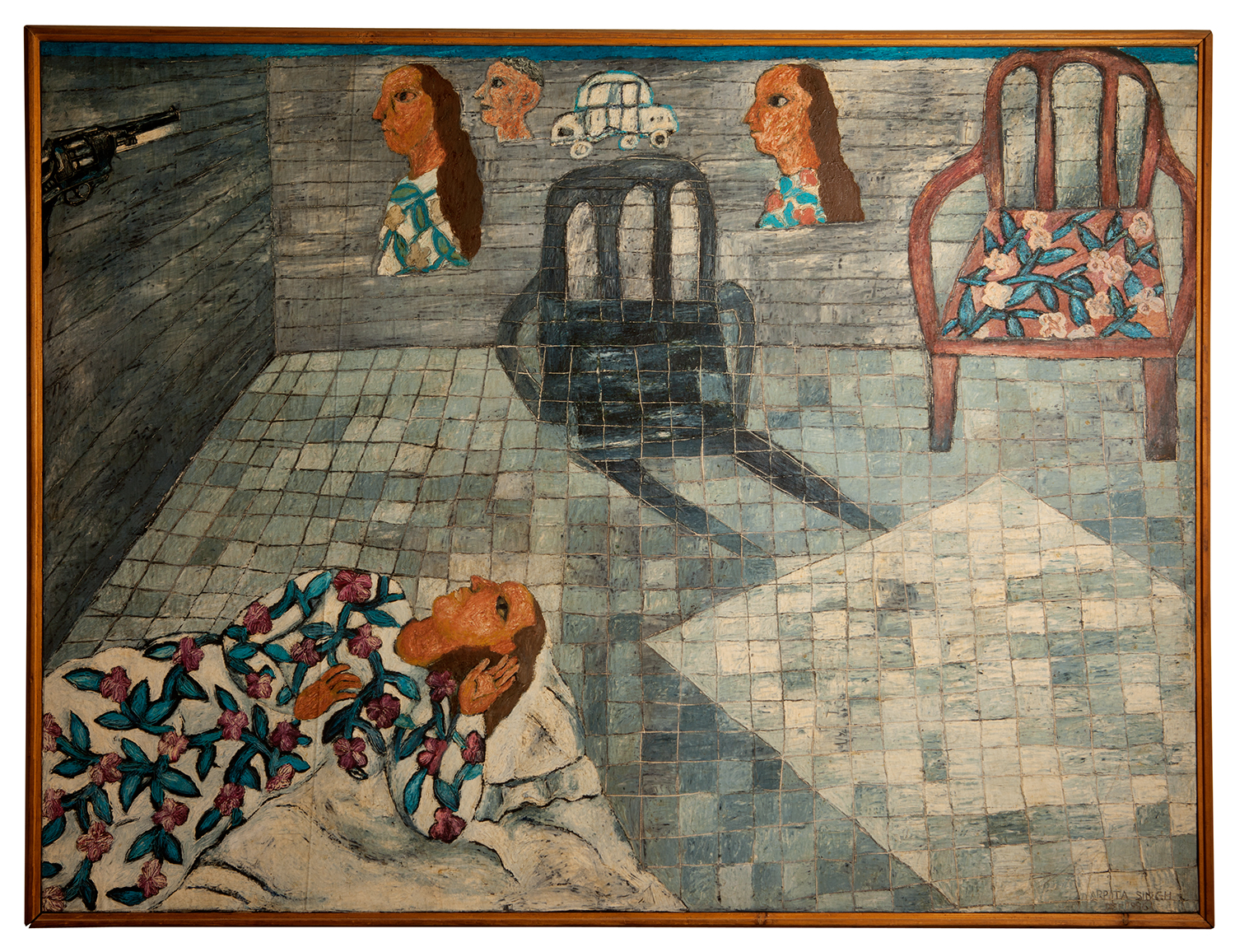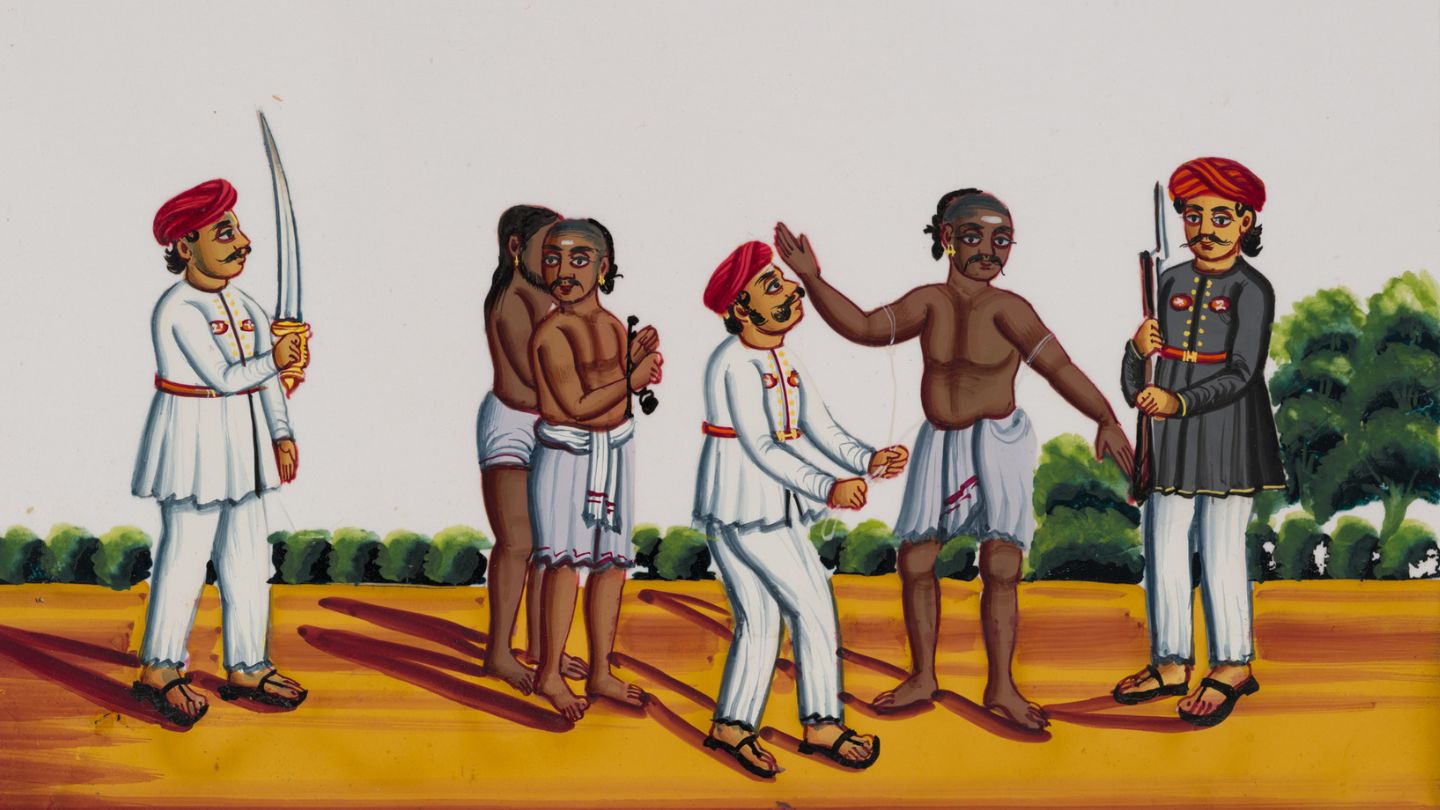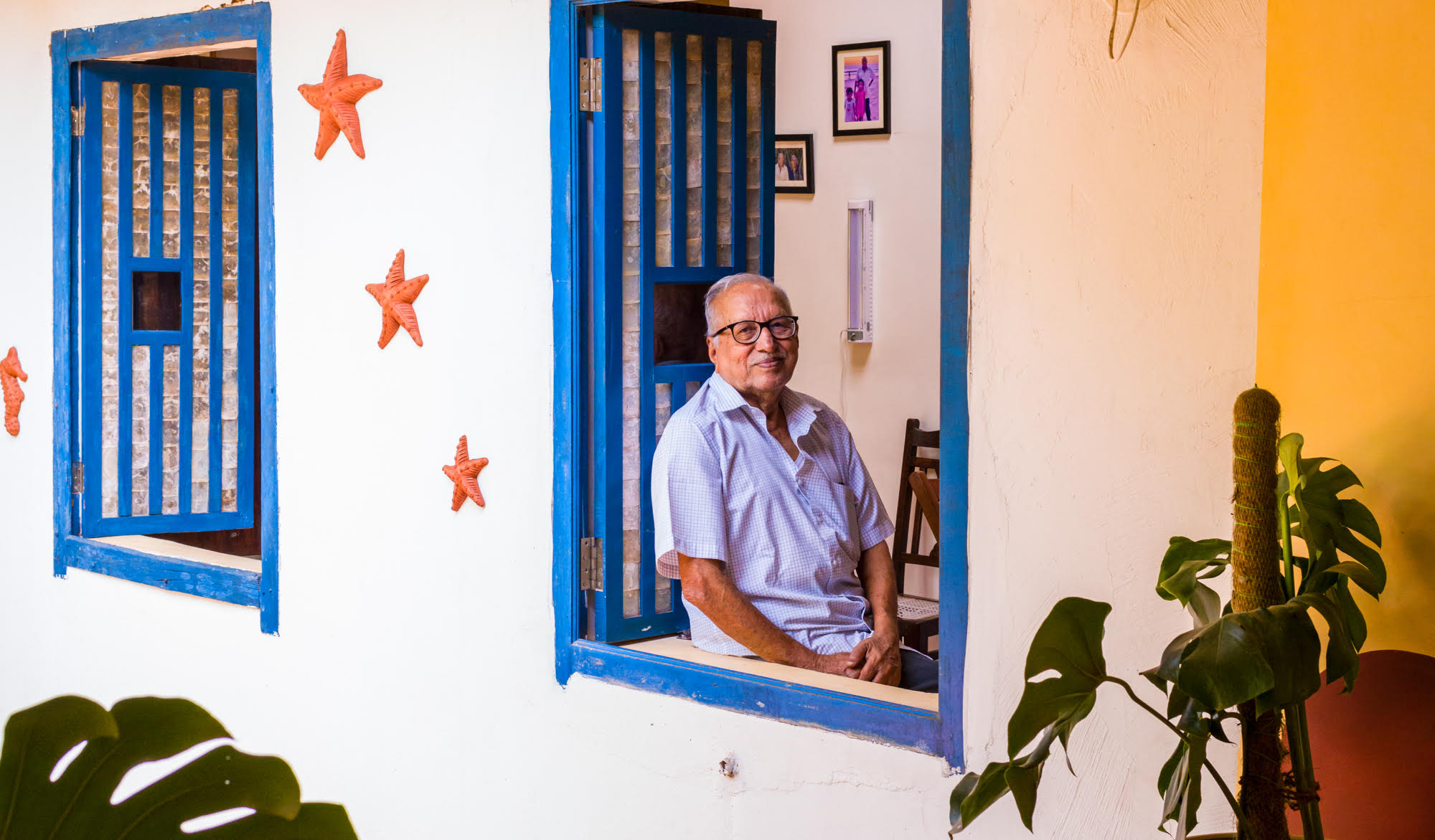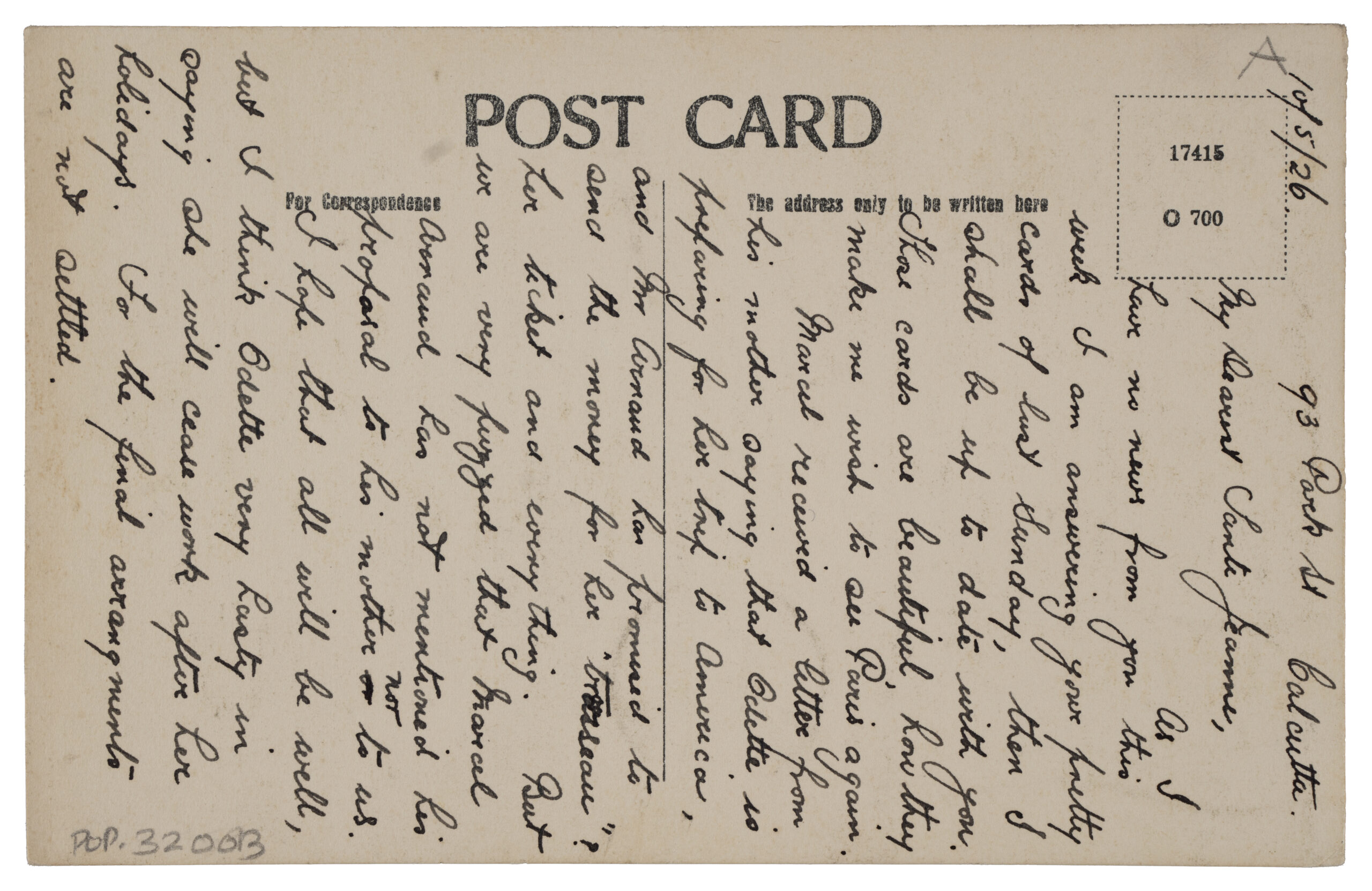Blogs
A Court of Dolls
Shailaja Tripathi
No Dasara celebration is complete without the Navratri Golu. Handcrafted in various sizes and shapes, the dolls come together each year to narrate riveting tales.
I wasn’t aware of Navratri Golu until I shifted to Bengaluru in 2014. My job with a leading national daily, and an interest in cultural practices opened my eyes and heart to the unique tradition known as Gombe Habba, which translates to the ‘festival of dolls’. Seeing the artist Shanthamani M.’s photomontage on this festival in MAP’s latest exhibition, Past Continuous, made me reminisce about my very personal encounters with the delightful cultural practice.
I first witnessed the Navratri golus in the living room of a house in RT Nagar. About a hundred dolls – spread across the room in different formations, sizes and materials – appeared like a river of stories. What transfixed me was the plethora of tales, both from Indian mythology and our contemporary lives, that the dolls represented. On one hand, there were stories of Mt Kailash, Kartikeya’s birth, Krishna’s life in Vrindavan, while on the other hand, about shrinking forests.
Next Navratri, I visited a Basavanagudi home whose matriarch chose to depict the story of Himagiri Thanaye – daughter of the mountain – through her dolls. From the goddess’ attire to the embellishments, everything was handcrafted by her family in cotton.
According to tradition, it is compulsory to add a new doll every year. So, a few days before Navratri, the holy nine nights of the lunar month, families begin to refurbish old dolls and purchase new ones, to have the golu up and ready by the first day. Golu dolls are one of the highlights of the festival, bringing together families and friends to admire each other’s decorations, exchange gifts, eat prasadam of Sundal (made with chickpeas), sweets and fruits.
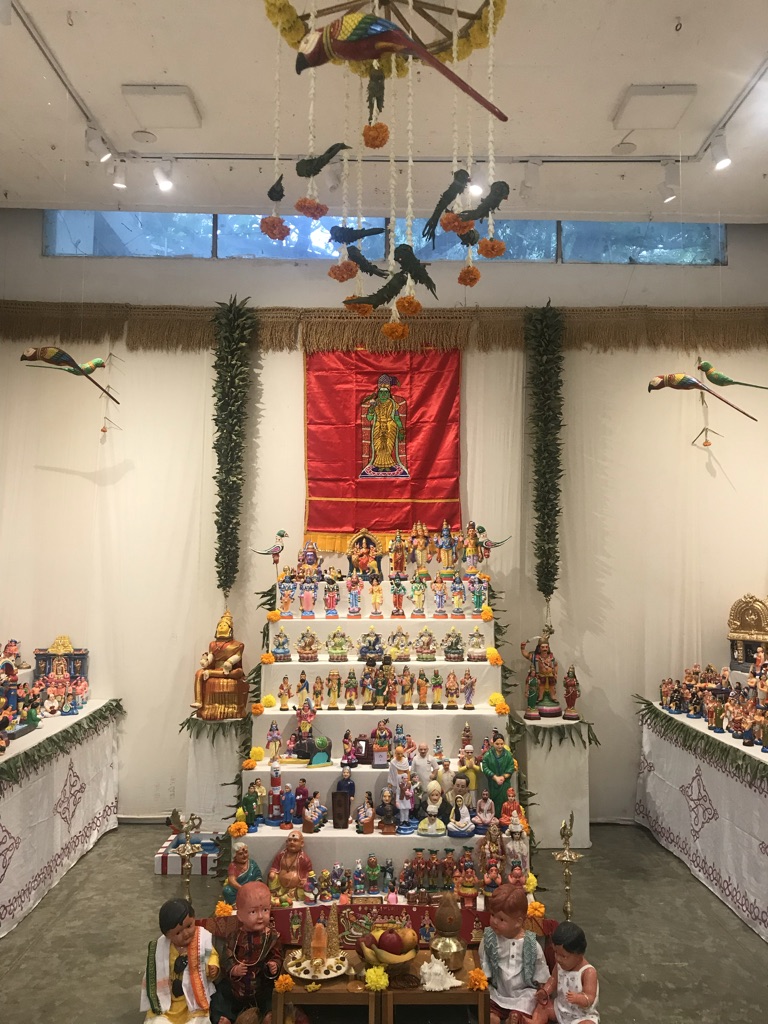
The golu padi or doll steps – in odd numbers – forms the centre of a typical Navratri decoration, in which the figurines of goddesses Durga, Lakshmi, and Saraswati, made in clay, are kept on the top-most steps; below them, of saints; and on the lowest step, wedding scenes and puja ceremonies are recreated. Marapachi Bommai or Pattada Gombe – wooden dolls of bride and groom – beautifully carved in neem wood, sandalwood, and rosewood by artisans in Tirupathi are also integral to the decoration. These wooden dolls are traditionally gifted to brides by her parents during her marriage. Even today, the dolls are handmade and painted by artists whose families have been practising this craft for centuries.
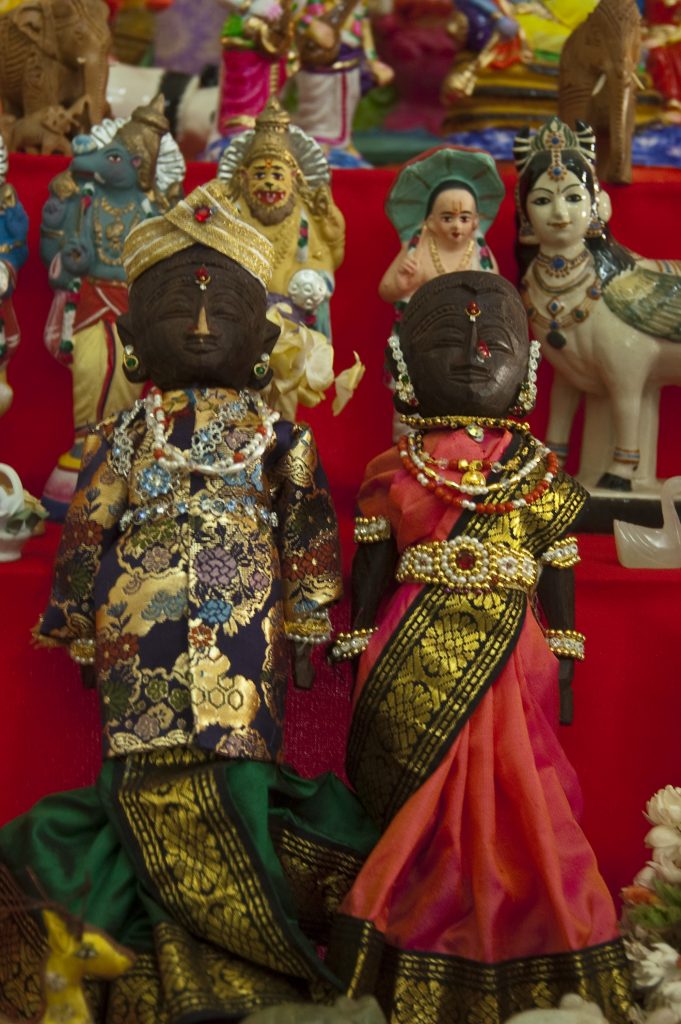
Detail of a photomontage by Shanthamani M., 2006-08, Bangalore, India, Image Courtesy: the artist
The custom of creating a court of dolls and toys is not just practised in Karnataka but across southern India during Navratri. In Tamil Nadu, the tradition is known as Bommai Golu, and in Andhra Pradesh and Telangana, it is called Bommala Koluvu.
There is no clarity about the origin of the tradition, however in Karnataka the cultural practice is believed to be connected to the Wodeyars – the rulers of Mysore during the 19th century. Dasara celebrations, however, started much earlier with the Vijayanagara empire in the 14th century.
Inheriting the tradition of Dasara festivities from the kings of Vijayanagara, Wodeyars began to celebrate it on a grander scale. They supposedly introduced the custom of decorating with dolls at Gombe Thotti in Mysore Palace during the Navratri and that’s how the tradition gained popularity throughout the region.
Traditionally, the dolls displayed during the Gombe Habba narrate stories from the Hindu epics like Ramayana, Mahabharata and the Puranas, but over the years innovation and imagination has expanded its scope. Families use these Dasara dolls now to depict stories of women empowerment, climate change, equality, education through Dasara dolls. For such narratives, dolls of well-known personalities are introduced, such as activists, educationists, freedom fighters, political leaders and even actors. Perhaps this ability to adapt with changing times is what contributes to Gombe Habba’s continuing relevance and popularity.
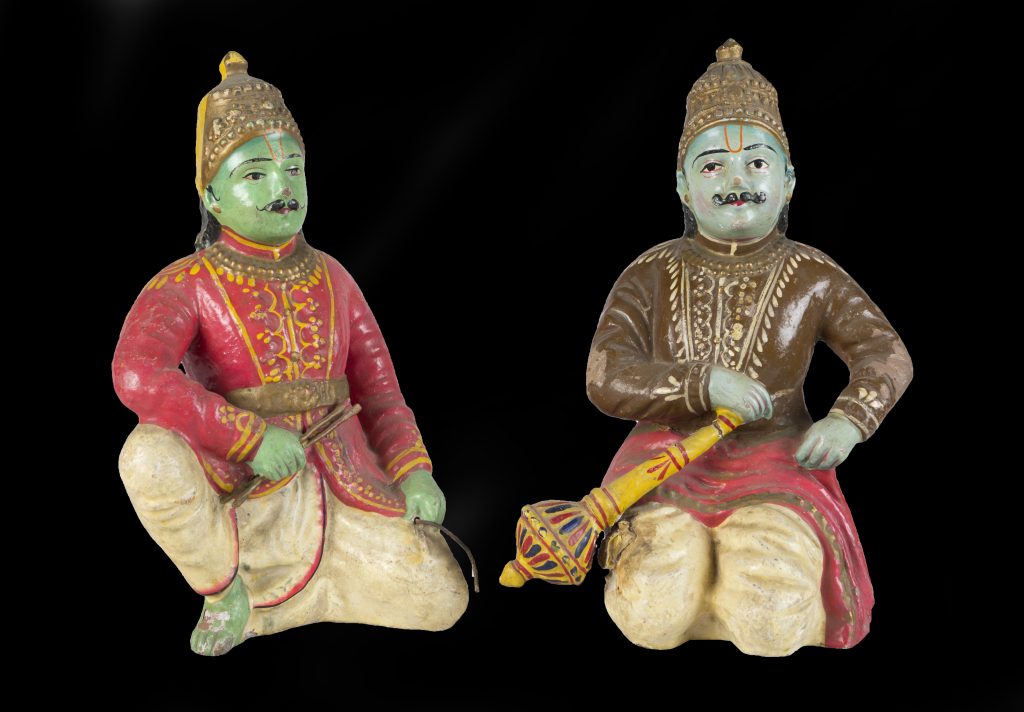
Arjuna and Bhim, c. mid-20th century, Painted terracotta, South India, SCU.00474 & SCU.00060
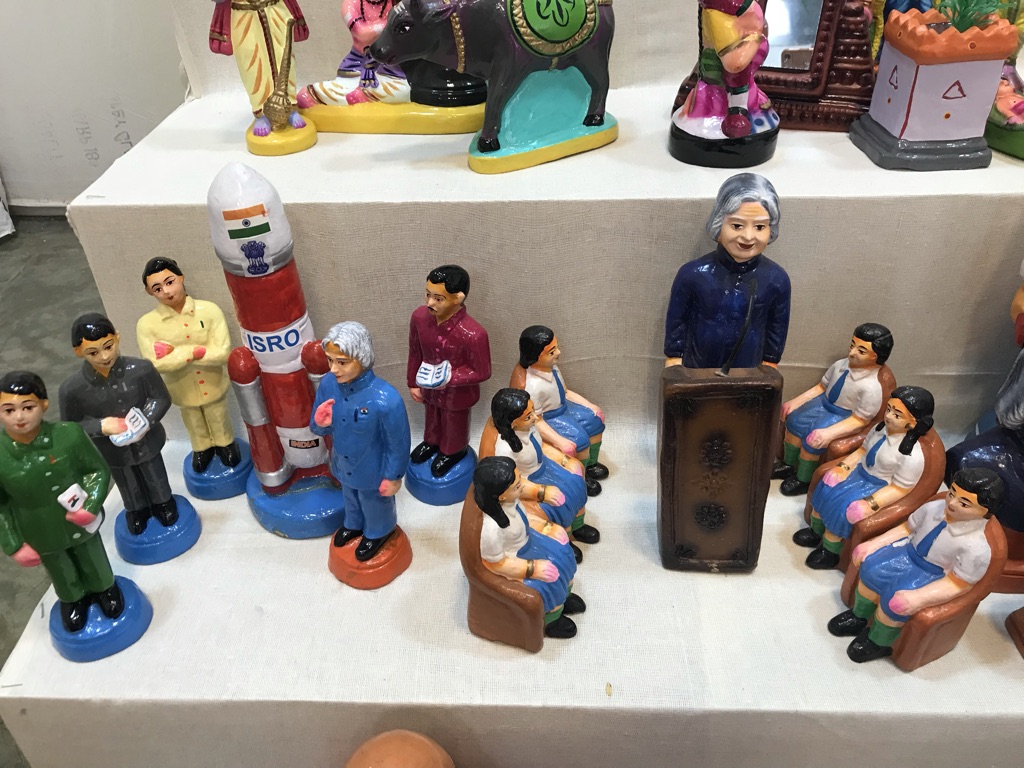
Golu Dolls showing President APJ Abdul Kalam talking to children. (Traditionally the doll makers depict national leaders in their doll or statuette form after their demise. These two sets were collected in 2015 by Rohini Sen & Eshwar Naidu). Part of Rohini Sen & Eshwar Naidu’s Dussehra Gombe Habba (Navratri Doll Festival) held at Gallery 1Shanthiroad, Bangalore October 2018.
In her two decades of experience with print and electronic media, Shailaja has focused on the world of art through her writings. Based in Bengaluru, India, she remains committed to the idea of bridging the gap between art and people.
